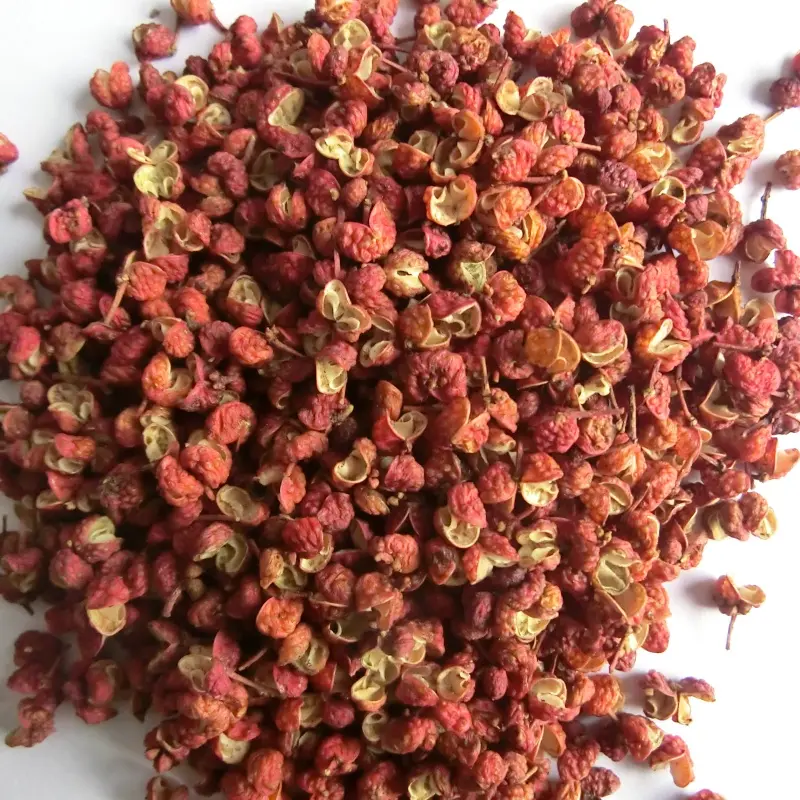The Derivatives of Zanthoxylum bungeanum: A Comprehensive Exploration
Introduction
Zanthoxylum bungeanum, commonly known as Sichuan pepper, is a plant native to China, renowned not only for its culinary applications but also for its diverse range of bioactive compounds. These compounds have significant potential in various fields, including medicine, agriculture, and food industries. This article delves into the derivatives of Zanthoxylum bungeanum, exploring their chemical properties, applications, and benefits.
Chemical Composition and Derivatives
Zanthoxylum bungeanum is rich in numerous bioactive compounds, primarily alkaloids, flavonoids, lignans, and essential oils. These constituents are responsible for the plant's distinctive aroma and therapeutic properties.
Alkaloids: The primary alkaloids found in Zanthoxylum bungeanum are nitidine and chelerythrine. These compounds exhibit a range of pharmacological activities, including anti-inflammatory, antimicrobial, and antitumor effects.
Flavonoids: Flavonoids such as rutin, quercetin, and kaempferol are present in significant amounts. These compounds are known for their antioxidant properties, which contribute to the plant's ability to mitigate oxidative stress and inflammation.
Lignans: Lignans like sesamin and asarinin have been identified in Zanthoxylum bungeanum. These compounds are noted for their potential in cardiovascular protection and anti-cancer activities.
Essential Oils: The essential oils of Zanthoxylum bungeanum, which include limonene, linalool, and geraniol, are responsible for the characteristic tingling and numbing sensation it imparts. These oils are widely used in culinary applications and have shown promise in antimicrobial and anti-inflammatory applications.
Pharmacological Applications
The derivatives of Zanthoxylum bungeanum have been extensively studied for their medicinal properties. Here, we discuss some key pharmacological applications:
Anti-inflammatory and Analgesic Effects: The alkaloids and essential oils from Zanthoxylum bungeanum have demonstrated significant anti-inflammatory and analgesic effects. Studies have shown that these compounds can inhibit the production of pro-inflammatory cytokines and reduce pain perception, making them valuable in managing inflammatory conditions such as arthritis.
Antimicrobial Activity: The essential oils and flavonoids exhibit strong antimicrobial properties. They have been effective against a range of pathogens, including bacteria, fungi, and viruses. This makes Zanthoxylum bungeanum derivatives promising candidates for developing new antimicrobial agents.
Antioxidant Properties: Flavonoids and lignans present in Zanthoxylum bungeanum are potent antioxidants. They scavenge free radicals and enhance the body’s antioxidant defenses. This property is crucial in preventing chronic diseases related to oxidative stress, such as cardiovascular diseases and cancer.
Cardiovascular Benefits: Lignans like sesamin have been shown to improve lipid metabolism and reduce blood pressure. These effects contribute to cardiovascular health, making Zanthoxylum bungeanum derivatives beneficial in preventing heart diseases.
Antitumor Activity: Alkaloids such as nitidine and chelerythrine have demonstrated antitumor activities in various cancer cell lines. These compounds induce apoptosis and inhibit cell proliferation, highlighting their potential as cancer therapeutics.
Agricultural Applications
Apart from their medicinal uses, Zanthoxylum bungeanum derivatives also have applications in agriculture:
Natural Pesticides: The essential oils of Zanthoxylum bungeanum possess insecticidal properties. They can be used as natural pesticides, offering an eco-friendly alternative to synthetic chemicals. This can help in reducing the chemical load on crops and minimizing environmental impact.
Plant Growth Regulation: Some studies suggest that the extracts of Zanthoxylum bungeanum can promote plant growth and improve resistance to stress. This can be particularly beneficial in sustainable agriculture practices, where the focus is on enhancing crop productivity without relying on synthetic growth promoters.
Culinary Uses
Zanthoxylum bungeanum is well-known in the culinary world, particularly in Asian cuisine. Its derivatives play a crucial role in imparting unique flavors and enhancing food preservation:
Flavoring Agent: The essential oils, particularly limonene and linalool, contribute to the distinctive numbing and tingling sensation known as “ma” in Chinese cuisine. This makes Sichuan pepper a key ingredient in many traditional dishes, adding a unique sensory experience to food.
Food Preservation: The antimicrobial properties of Zanthoxylum bungeanum derivatives can extend the shelf life of food products. Essential oils and extracts can be used as natural preservatives, reducing the reliance on synthetic preservatives and enhancing food safety.
Challenges and Future Prospects
While the derivatives of Zanthoxylum bungeanum hold immense potential, there are challenges that need to be addressed to fully harness their benefits:
Standardization and Quality Control: Ensuring the consistency and quality of Zanthoxylum bungeanum derivatives is crucial, particularly for medicinal and agricultural applications. Standardization of extraction methods and establishing quality control measures are necessary to produce reliable and effective products.
Toxicity and Safety: Although Zanthoxylum bungeanum derivatives are generally considered safe, comprehensive studies on their long-term toxicity and safety are essential. This is particularly important for developing pharmaceutical and food products.
Sustainable Sourcing: With increasing demand, sustainable sourcing of Zanthoxylum bungeanum is vital. Overharvesting could lead to ecological imbalance and depletion of natural resources. Therefore, cultivating Zanthoxylum bungeanum under sustainable practices is essential to ensure its availability for future generations.
Conclusion
Zanthoxylum bungeanum, with its rich array of bioactive compounds, offers diverse applications across various fields. From its significant pharmacological properties, including anti-inflammatory, antimicrobial, and antioxidant effects, to its uses in agriculture and cuisine, the derivatives of Zanthoxylum bungeanum present numerous benefits. However, to fully capitalize on these benefits, challenges related to standardization, safety, and sustainability need to be addressed. Future research and development should focus on these areas to unlock the full potential of this remarkable plant.
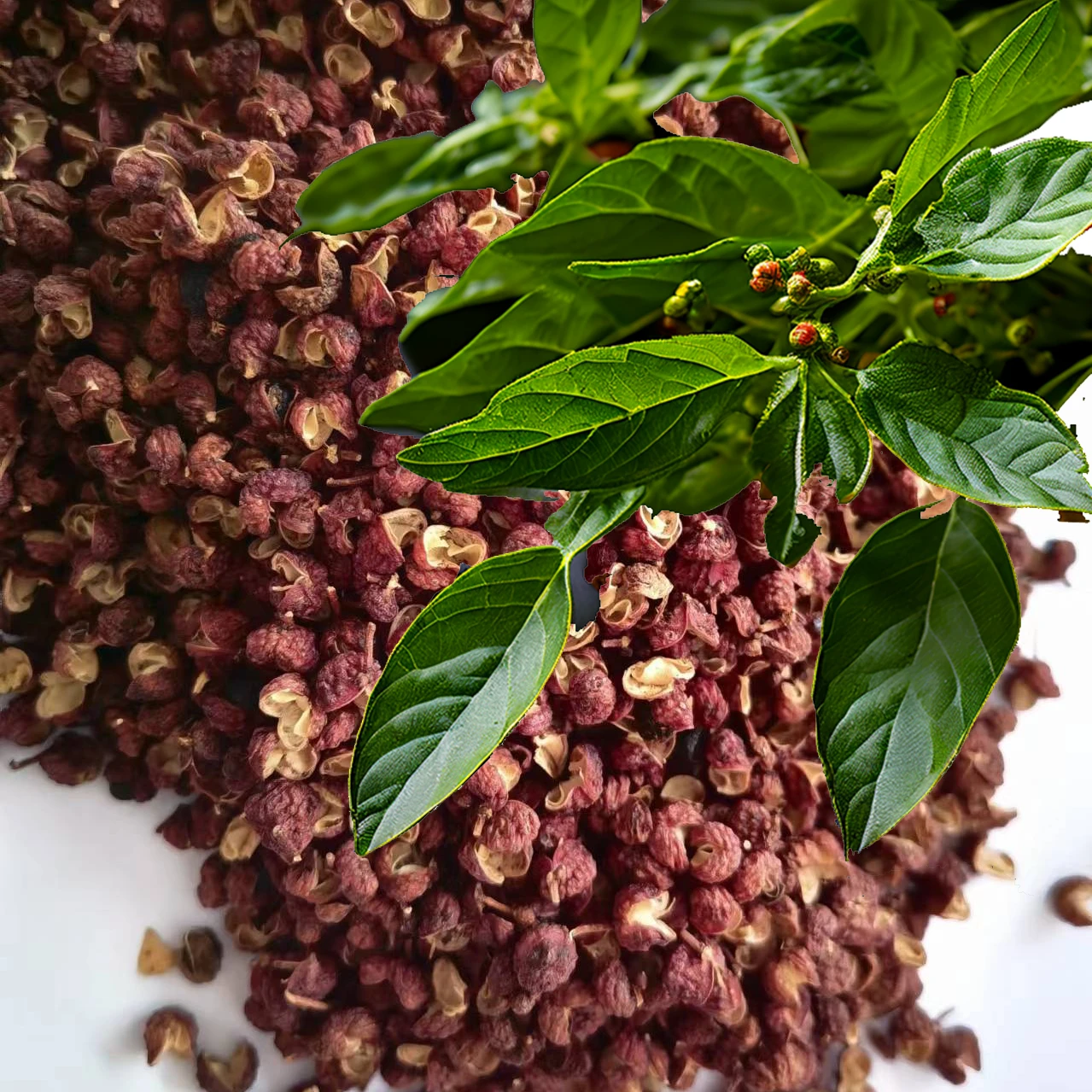
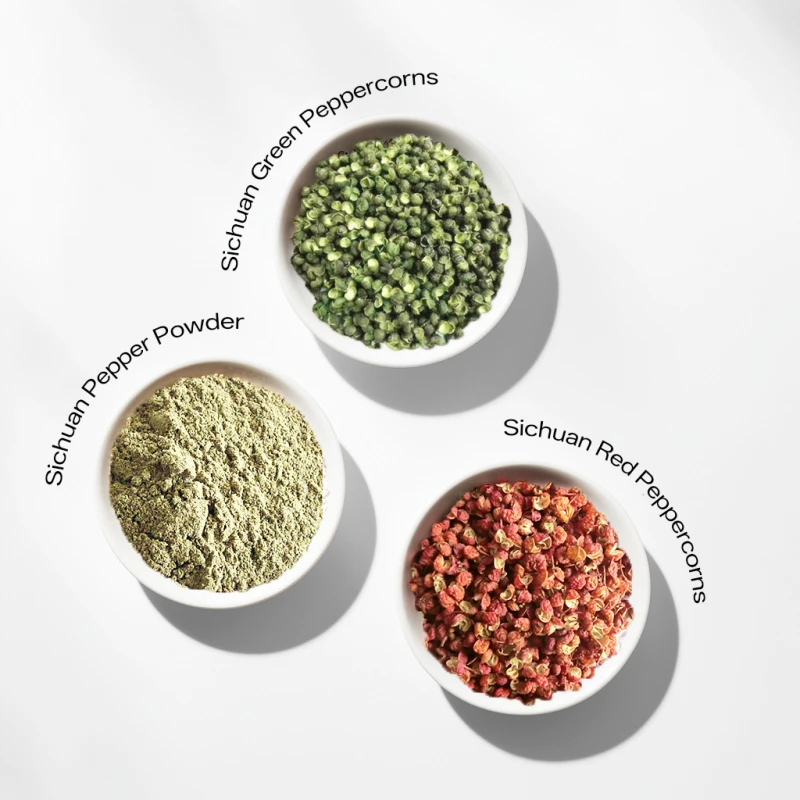
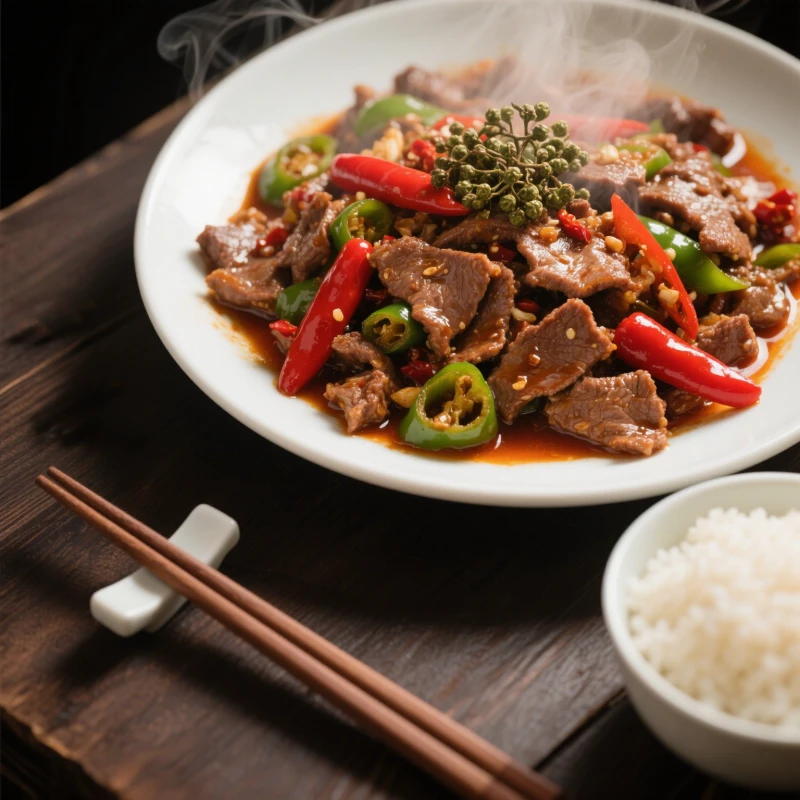

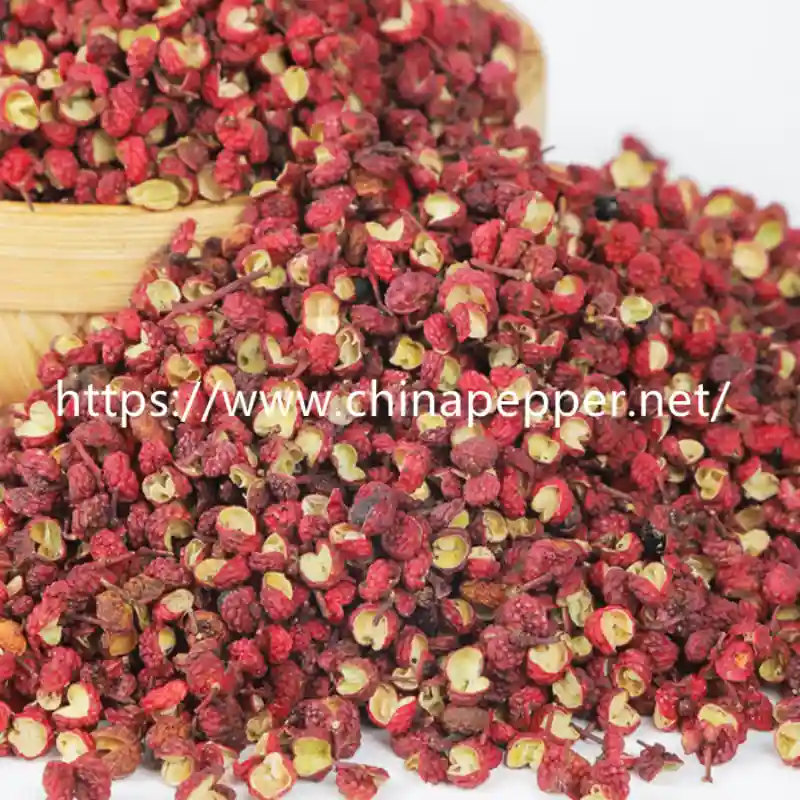
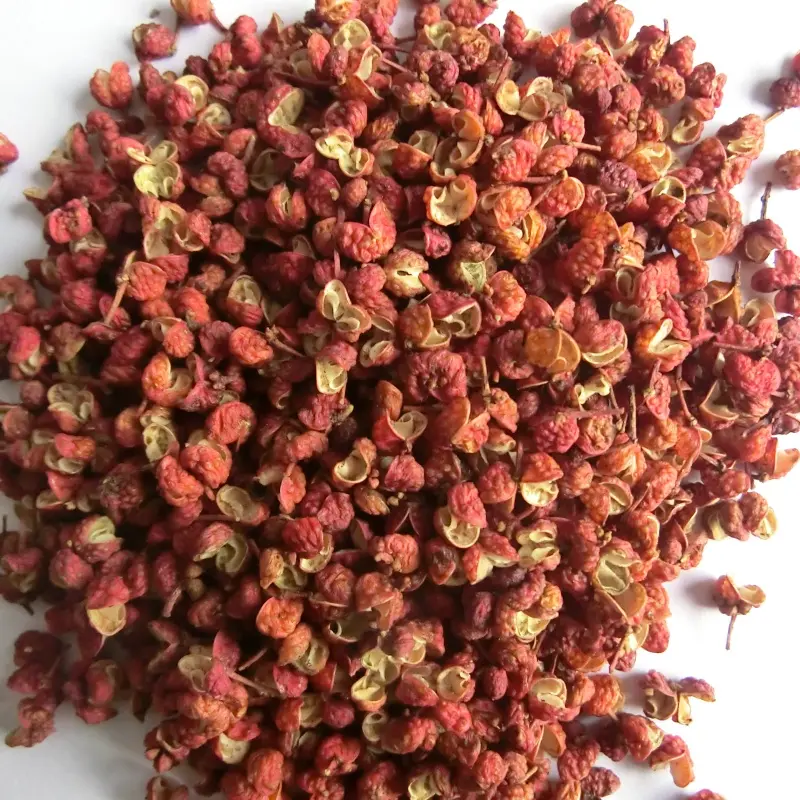
811.webp)

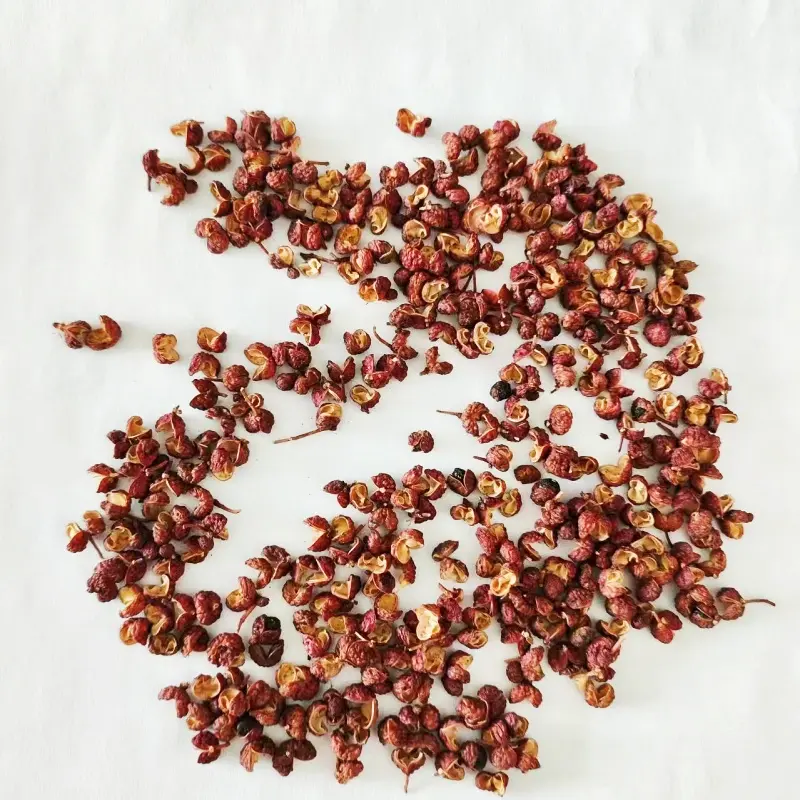
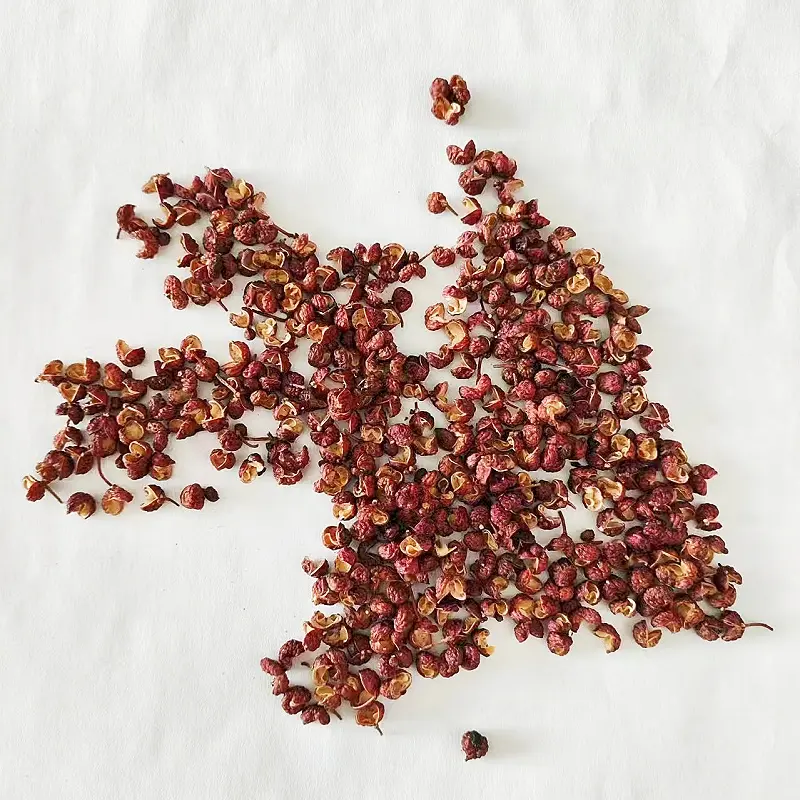
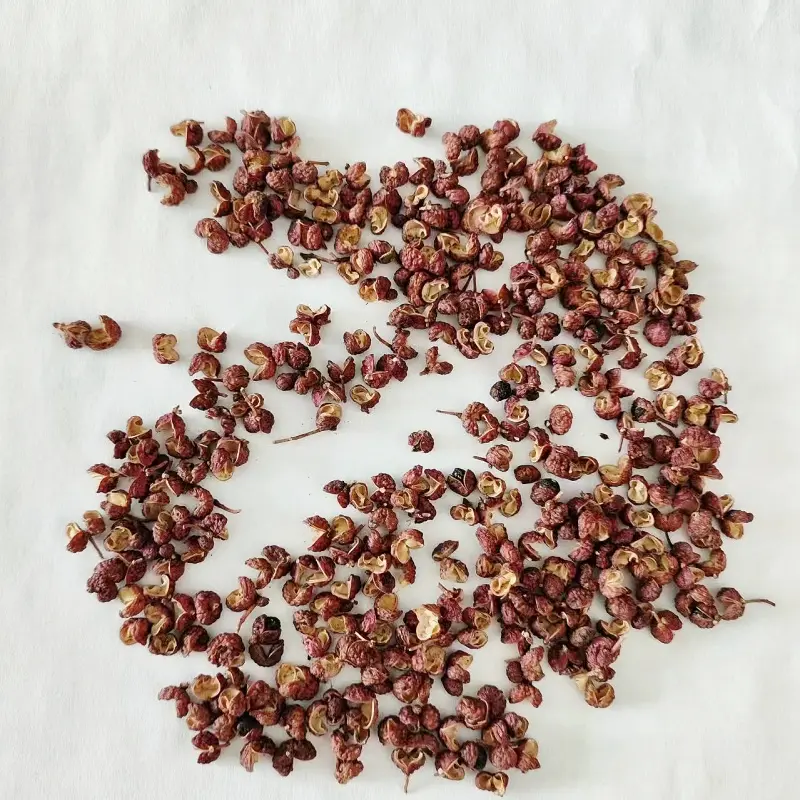
114.webp)
